About
Sikkim is a state in northeast India, bordered by Bhutan, Tibet and Nepal. Part of the Himalayas, the area has a dramatic landscape that includes India’s highest mountain, 8,586m Kangchenjunga. Sikkim is also home to glaciers, alpine meadows and thousands of varieties of wildflowers. Steep paths lead to hilltop Buddhist monasteries such as Pemayangtse, which dates to the early 1700s.
Tourist Places to visit
Gangtok
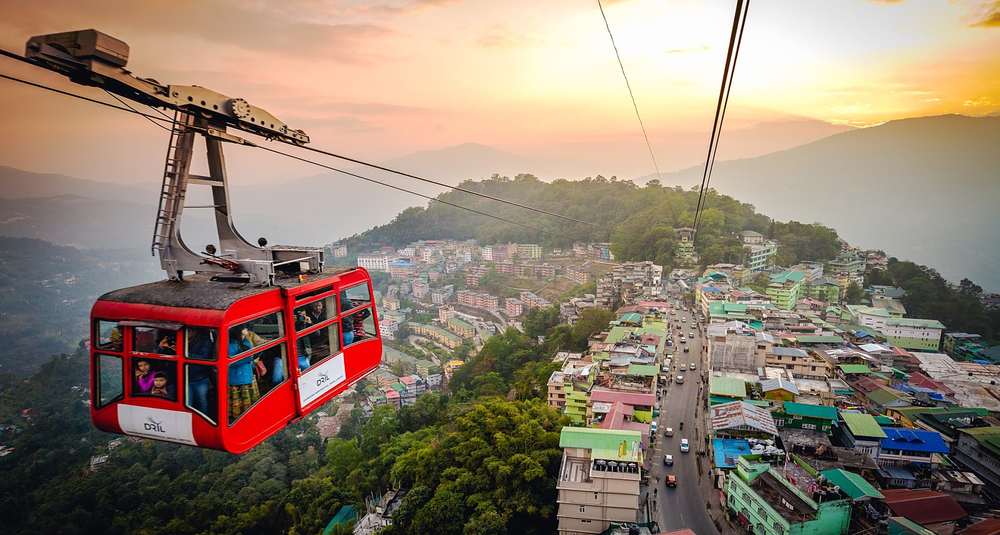
Gangtok is the capital of East district and Pakyong is the sub divisional head quarter of East District. Gangtok is located at an altitude of 1780 meters and is a charming, laid – back town. It is the hub of commercial activity is the base for explorations into some of Sikkim’s most alluring features. Prominent feature of this clean town is Orchids, Butterfly, Snow Peak Mountain and beautiful places around the gangtok.
Rumtek Monastery
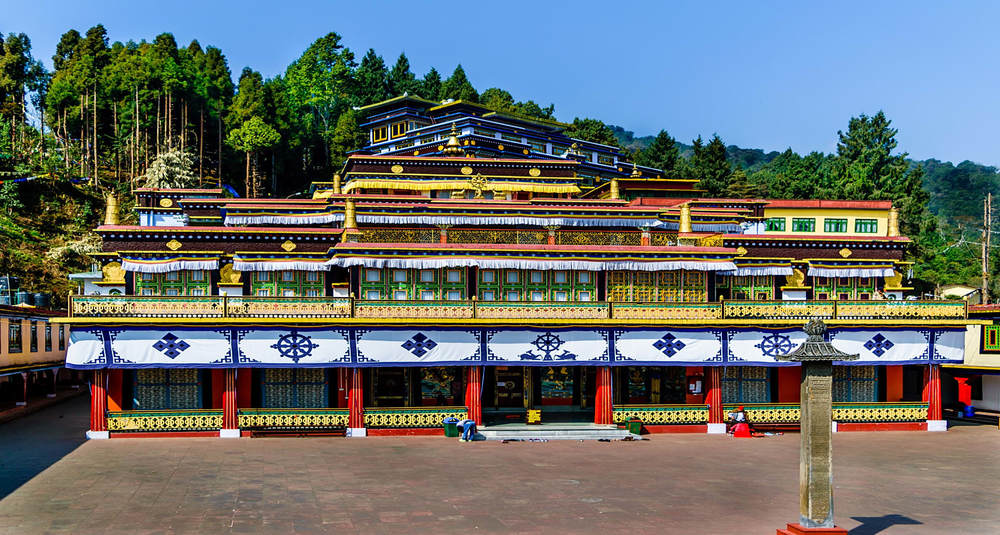
Rumtek Monastery, also called the Dharmachakra Centre, is a gompa located in the Indian state of Sikkim near the capital Gangtok. It is a focal point for the sectarian tensions within the Karma Kagyu school of Tibetan Buddhism that characterize the Karmapa controversy.The monastery is currently the largest in Sikkim.It is home to the community of monks and where they perform the rituals and practices of the Karma Kagyu lineage.
Tsomgo Lake
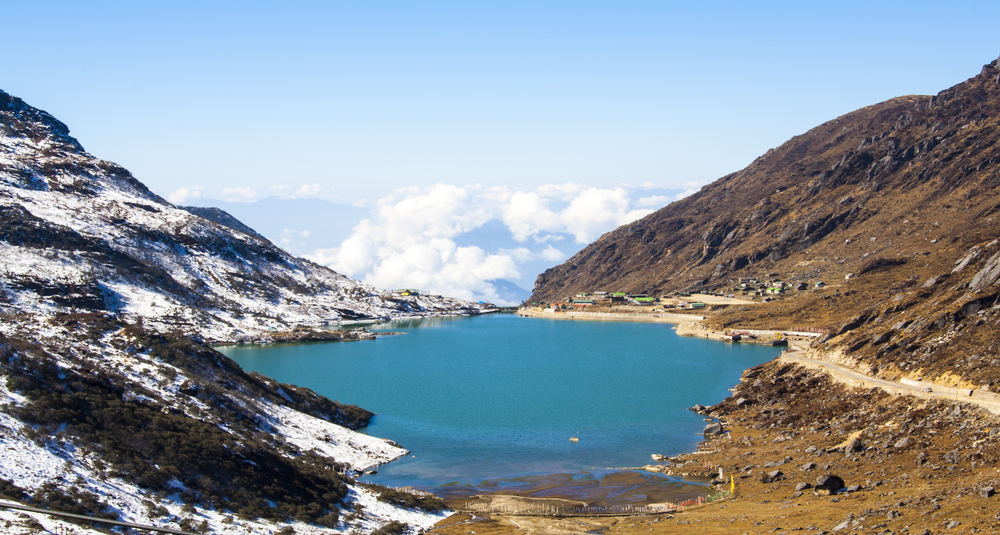
Tsomgo Lake, also known as Tsongmo Lake or Changu Lake, is a glacial lake in the East Sikkim district of the Indian state of Sikkim, some 40 kilometres from the capital Gangtok. Located at an elevation of 3,753 m, the lake remains frozen during the winter season.The lake surface reflects different colours with change of seasons and is held in great reverence by the local Sikkimese people. Buddhist monks prognosticated after studying the changing colours of the lake.
Zuluk Silk Route
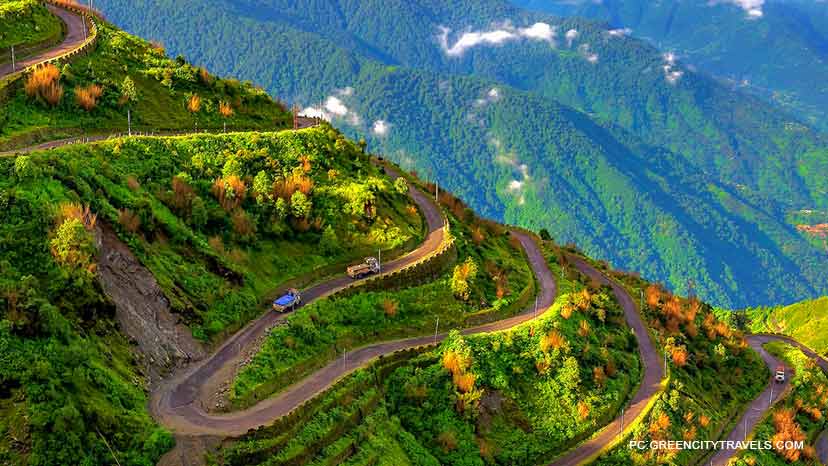
Dzuluk or Zuluk or Jhuluk or Jaluk is a small hamlet located at a height of around 10,000 feet (3,000 m) on the rugged terrain of the lower Himalayas in East Sikkim of the Indian state Sikkim . This place is relatively an emerging and offbeat destination in East Sikkim. Today it is fast emerging as a new tourist destination. It derives its tourism importance due to the excellent view of the eastern Himalayan mountain range including the Kanchenjunga.
Yuksom
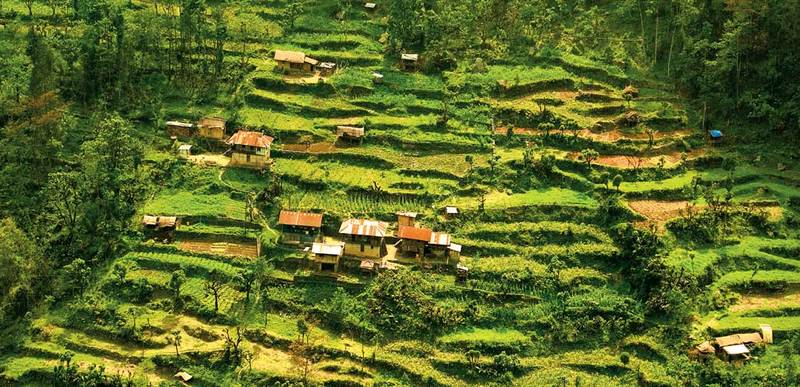
Located in the Western parts of Sikkim, Yuksom is the origin of several enthralling treks into the Himalayas or the magical Kanchenjunga. The once a capital of Sikkim, this hamlet is more known for its pristine beauty and rustic appeal.Also known as the ‘Meeting place of Three Lamas’, this Sikkimese village has recently started gaining tourism attention.Yuksom is where there is the Norbugang Chorten near the Norbugang throne, the place Namgyal was crowned and several monasteries and a lake. The dynastic rule of the Chogyals lasted for 333 years.
Namchi

Namchi is also famous for its giant statues. It currently has two of them -- one Buddhist and one Hindu -- and a third one is apparently being planned. The Buddhist statue, of Guru Padmasambhava (credited with introducing Tantric Buddhism to the Hinalayan region), reaches around 140 feet tall. It has a commanding position on Samdruptse Hill, 7,000 feet above sea level. Not quite as tall but perhaps more impressive is the white 108 foot high Lord Shiva statue at Solophuk Hill, south of Namchi. The epic complex surrounding the statue contains guest houses and temples, including replicas of the holy Char Dham.
Ravangla

Ravangla or Ravongla is a small tourist town situated at an elevation of 7000 ft in South Sikkim district of the Indian state of Sikkim. It is connected by state highway to other major towns in the state and lies between Pelling and Gangtok.Halfway between Ravangla and Namchi, you'll find picturesque Temi Tea Garden. It's only tea garden in Sikkim.
Pelling
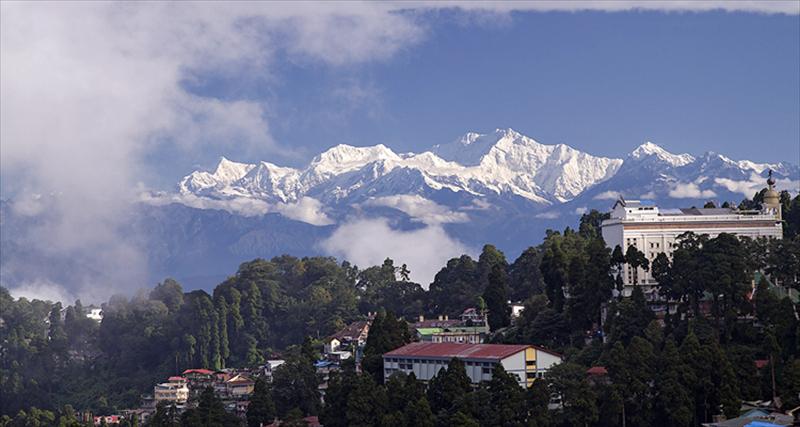
Pelling is a small town in the northeastern Indian state of Sikkim, at the foothills of Mount Khangchendzonga. The late-17th-century Buddhist Sanga Choling Monastery has mountain views. Pemayangtse Monastery features wall paintings, sculptures and a gold-plated statue of Guru Padsambhava. Overlooking a valley.
Lachung
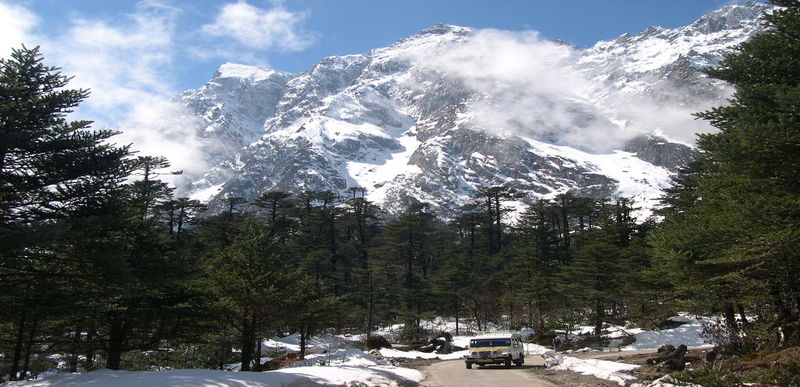
Lachung is a mountain village close to the Tibetan border, in the northeastern Indian state of Sikkim. It's divided by the Lachung River. The village is home to the 19th-century Buddhist Lachung Monastery, surrounded by apple orchards. Nearby, the Yumthang Valley's Shingba Rhododendron Sanctuary protects many species of rhododendron.
Lachen
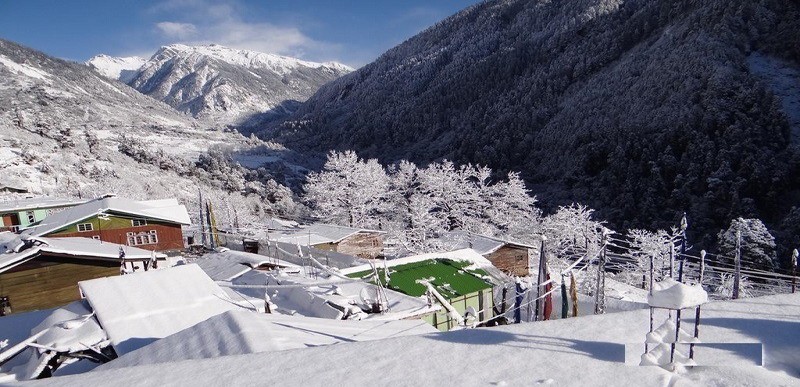
Lachen is a town in North Sikkim district in the Indian state of Sikkim. It is located at an elevation of 2,750 metres. The name Lachen means "big pass". The town is being promoted as a tourist destination by the Sikkimese government. The town forms the base to the Chopta Valley and Gurudongmar Lake
Yumthang Valley
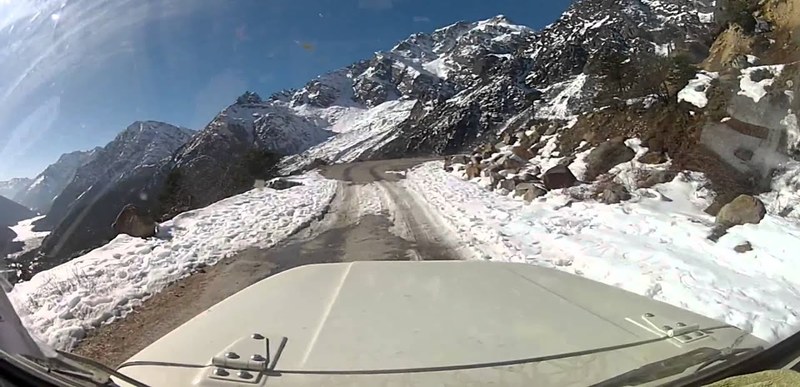
The Yumthang Valley or Sikkim Valley of Flowers sanctuary, is a nature sanctuary with river, hot springs, yaks and grazing pasture on rolling meadows surrounded by the Himalayan mountains in the North Sikkim district of Sikkim state in India.
Gurudongmar Lake

Set at an altitude of 17,800 ft, Gurudongmar Lake is a high altitude Himalayan lake which is scenic and peaceful. Hemmed in by snow-covered mountains, this lake remains frozen during the winter season and during summers, the lake water reflects the sky and clouds like a mirror.
It is one of the highly suggested places to visit in Sikkim on the Northern side of Kanchenjunga mountain range which is situated at around 180 kilometers from Gangtok. Due to the proximity to the Chinese Tibetan border, one has to take permits to visit the lake.
Nathu La

Nathu La is a mountain pass in the Himalayas in East Sikkim district. It connects the Indian state of Sikkim with China's Tibet Autonomous Region. The pass, at 4,310 m above mean sea level, forms a part of an offshoot of the ancient Silk Road. Nathu means "listening ears" and La means "pass" in Tibetan.